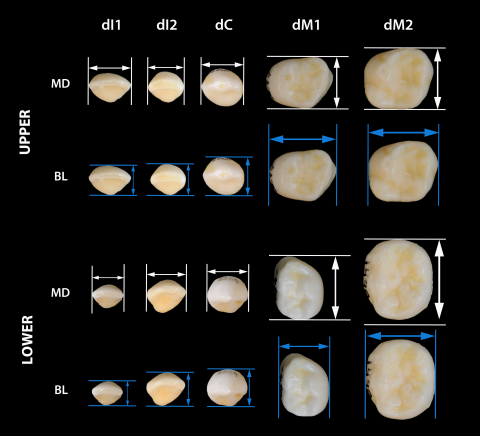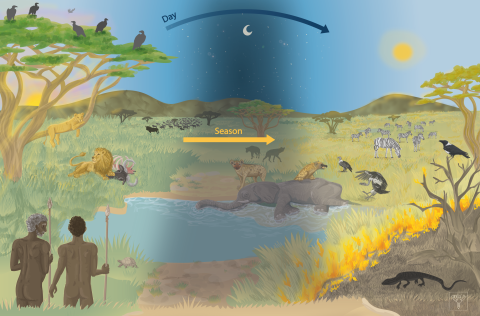
Adrián Pablos, a researcher at the Centro Nacional de Investigación sobre la Evolución Humana (CENIEH), has participated in a broad study of fossil humans of several species published recently in the journal Royal Society Open Science, in which it is suggested that stature and body weight advance at different rates in the genus Homo.
After analysis of more than 300 postcranial skeleton fossils from all over the world, of dates ranging from more than 4 million years ago to today, the authors of the study conclude that body size has not varied linearly over the course of human evolution, and it has undergone sudden spurts in different periods.
“Until recently it was thought that the body grew in size progressively, the weight and height together, when in reality it has been growing in a pattern of fits and starts”, explains Pablos.
The first “spurt” took place with the origin of our own genus around two million years ago. In this period, a rise is seen both in height (about 20 cm) and weight (between 15 and 20 kg). Then, about 1.5 million years ago, shortly after the appearance of Homo erectus/ergaster, there is another rise in stature (some 10 cm), followed one million years later by another in body mass (10-15 kg).
"There do exist a couple of exceptions to this narrative: Homo naledi and Homo floresiensis, whose recently discovered remains suggest they were swimming against the tide by increasing in body size as time passed", Pablos adds.
But in general, our ancestors got taller around one million years earlier than the generalized rise in body mass. Since the latter moment, the average stature and weight of the body have stayed more or less the same in the lineage of the hominids.





